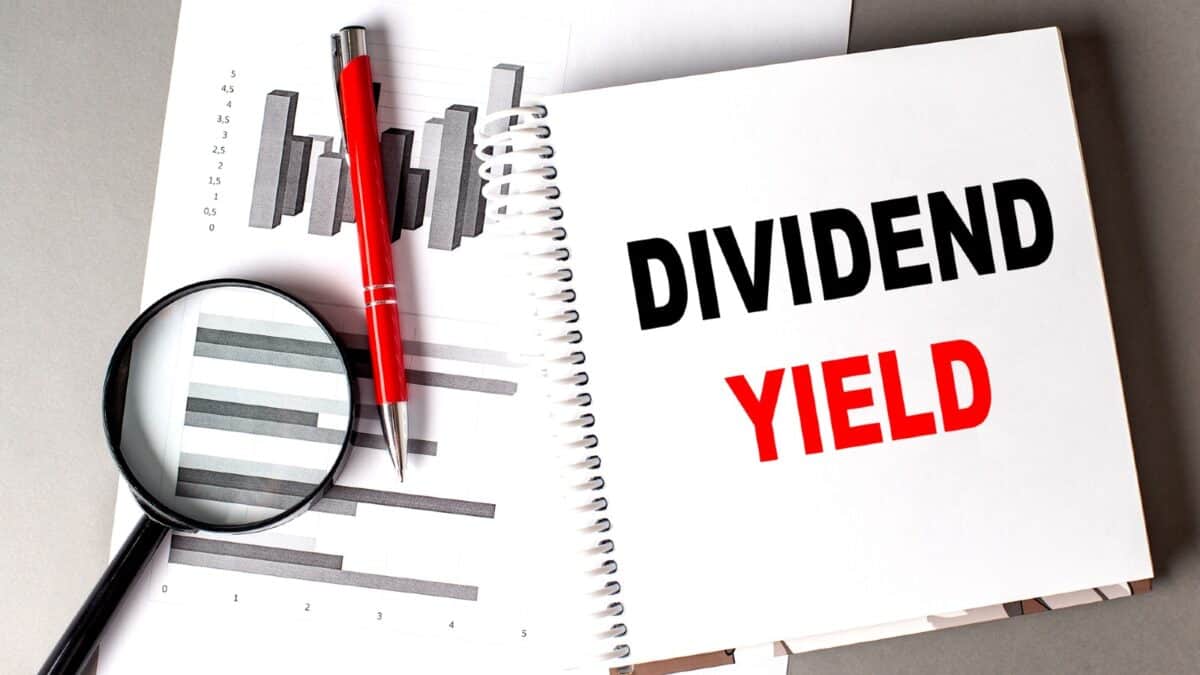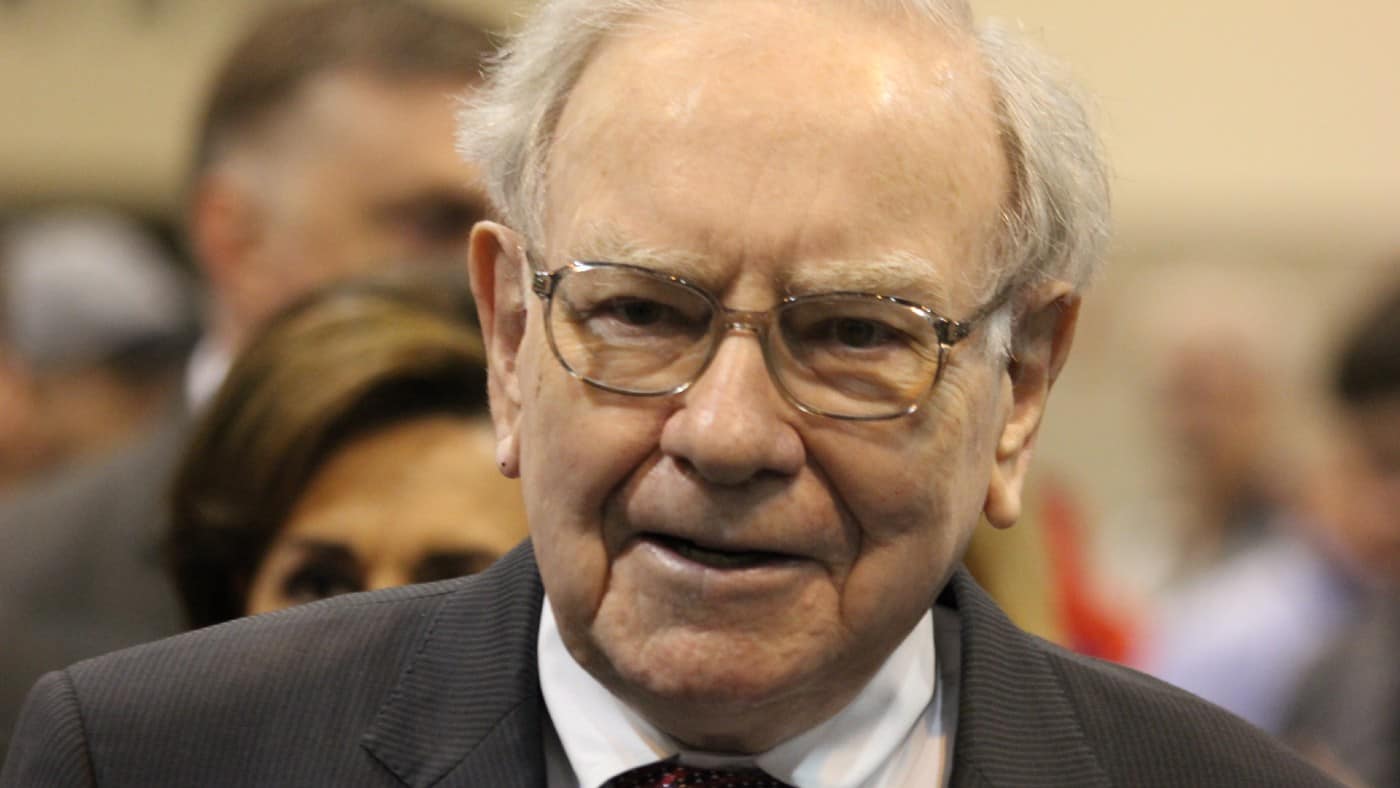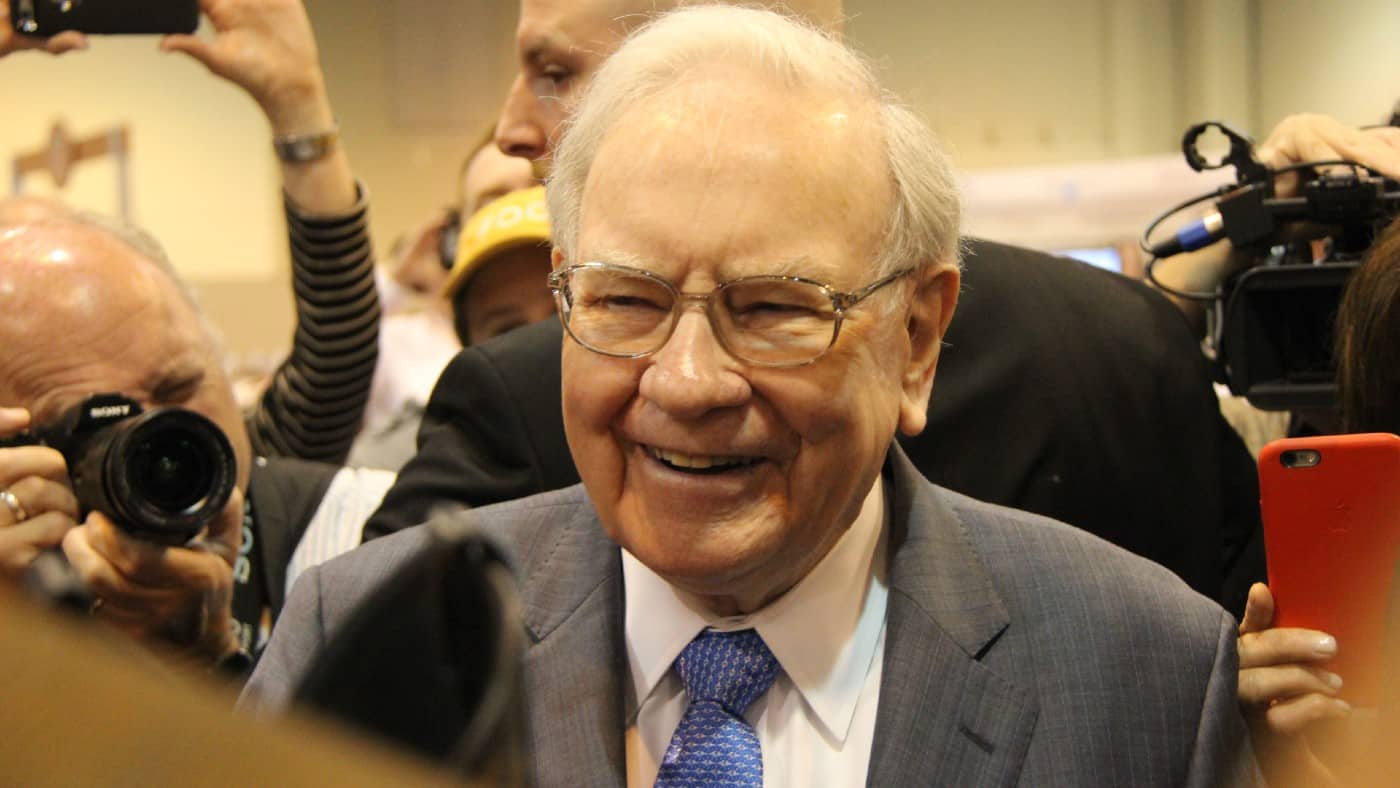Passive income gets a good press. Robert Kiyosaki, author of Rich Dad Poor Dad, once wrote: “The moment you make passive income and portfolio income a part of your life, your life will change. Those words will become flesh.”
And Warren Buffett’s a fan. The billionaire famously said: “If you don’t find a way to make money while you sleep, you will work until you die.”
Although given that the 94-year-old’s still working, I’m surprised he hasn’t followed his own advice! He must enjoy what he does.
But where to invest?
A global view
At 31 January 2025, according to the London Stock Exchange Group, the dividend yield of the FTSE All-World Index was 1.82%. This index covers 4,247 stocks listed on 48 stock exchanges, with a combined market cap of $80.7trn.
However, I believe it’s possible to do better by choosing UK stocks.
For example, when the final dividends for 2024 are declared, AJ Bell reckons the average yield on the FTSE 100 will be 3.6%.
But using an average can hide disparities. According to Trading View, based on data from the past 12 months, 26 stocks are currently (14 February) yielding less than the FTSE All-World Index.
Ironically, the bottom four – Rolls-Royce Holdings, International Consolidated Airlines Group, Halma, and Marks & Spencer Group – have all seen their share prices soar over the period, by 103%, 143%, 37%, and 51%, respectively. Clearly, not everyone’s on the lookout for passive income opportunities.
But those that are will be pleased to learn that 19 Footsie stocks presently offer a return above 5%.
I should point out that this information needs to be treated with caution. Dividends are never guaranteed. There are many examples of companies cutting their payouts in response to falling earnings or other problems.
One possible option
However, there’s one FTSE 100 stock that caught my attention this week. On 14 February, NatWest Group (LSE:NWG) announced its results for 2024.
Compared to 2023, pre-tax earnings, loans to customers, deposits, and its net interest margin were all higher. And its impairment charge — an estimate of the cost of potential bad loans — was lower.
But what impressed me most was the announcement of a 26% increase in its dividend, to 21.5p.
And the news gets better.
From 2025, the directors plan to pay out 50% of the bank’s earnings by way of dividend, instead of the 40% currently returned.
If the analysts are correct, shareholders could receive 26.4p (2025) and 30.4p (2026) over the next two years. Based on the 2026 figure, this implies a current yield of 7.2%. However, the most optimistic analyst is forecasting earnings per share of 67.3p, which suggests a return of 33.7p. If realised, that’s a yield of 8%.
But such a generous dividend can only be maintained if earnings continue to grow.
And history shows that the profits of banks can be volatile. That’s because they tend to be a barometer of the performance of the wider economy. And NatWest, with 90% of its loans made to UK-based consumers and companies, is particularly exposed to the domestic economy. The UK’s struggling to grow at the moment, which could prove to be a problem.
However, despite the risks, I think NatWest’s a stock that investors looking for a healthy level of passive income could consider.
Credit: Source link












